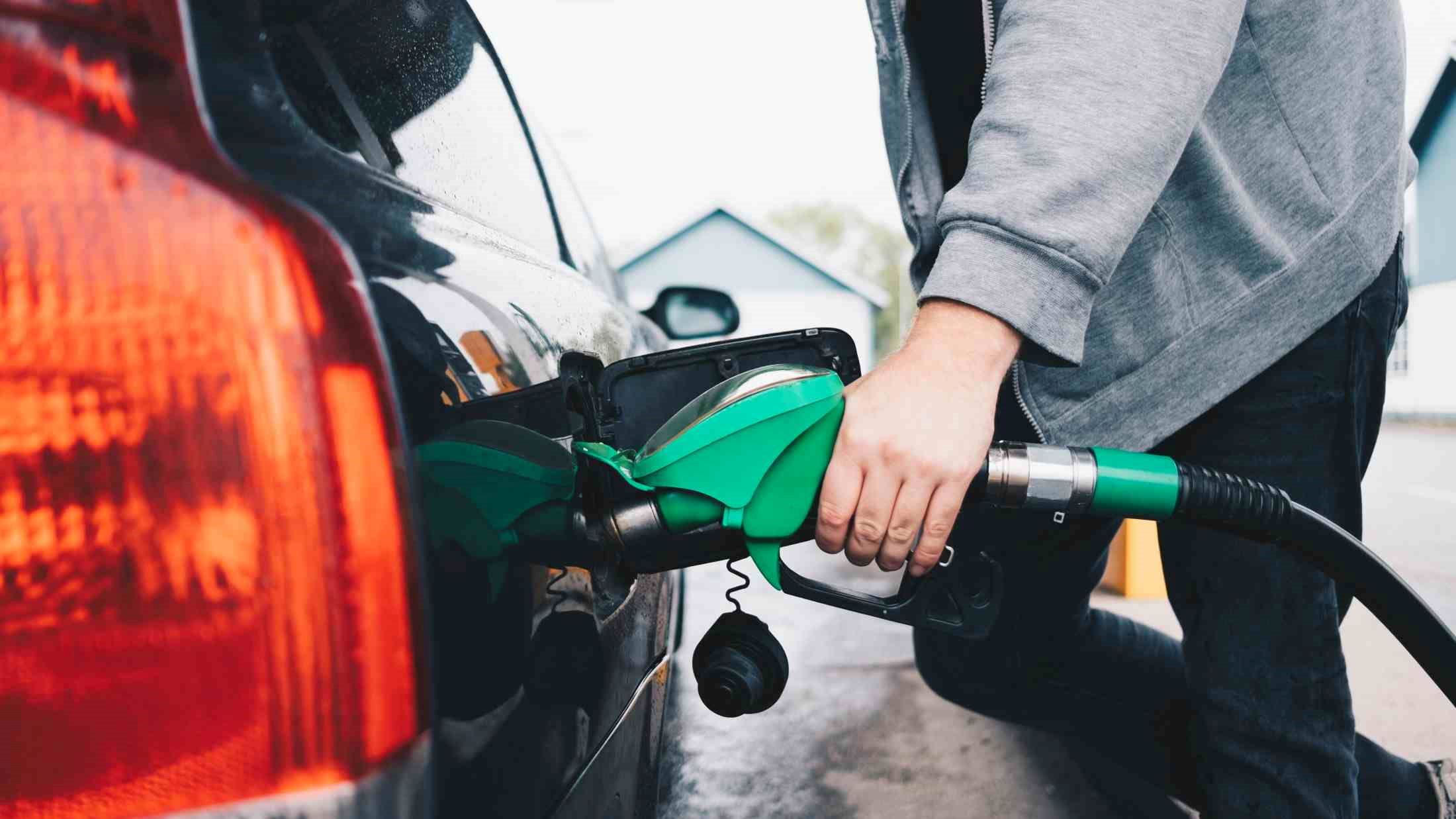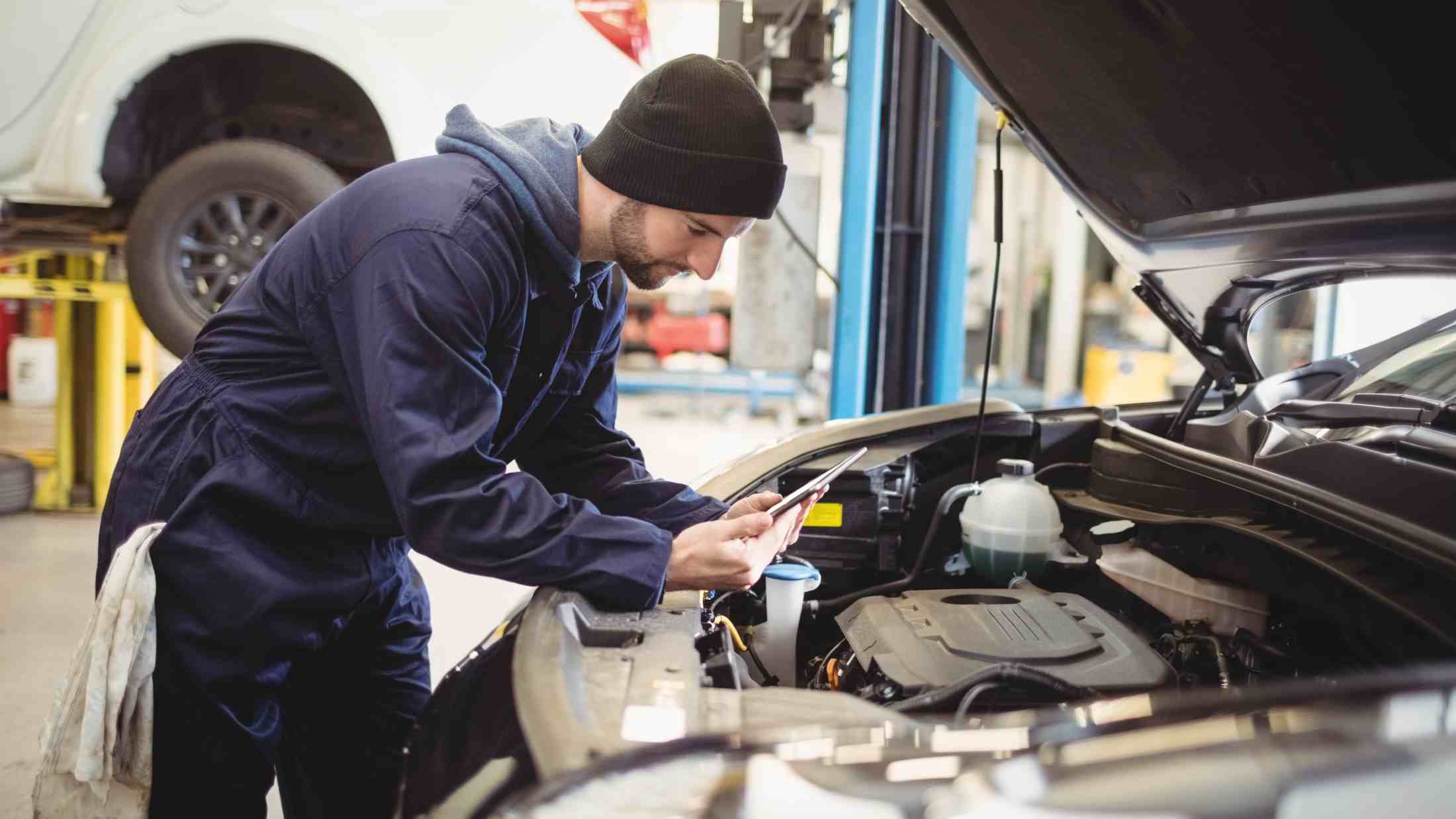Imagine it: you’ve parked at the fuel pumps. Same as usual, you fill up your car and carry on with your day, when – bam! You’ve just realised you’ve used the wrong fuel.
It’s more common than you think. Every year in the UK, around 150,000 people put the wrong fuel in their cars. A costly mistake if not spotted quick enough.
But, not to worry, we’ve created a simple guide to help if you’ve accidentally used the wrong fuel, and we’ll look at the following:
- What is misfuelling?
- What to do after using the wrong fuel
- The symptoms of misfuelling
- The costs of using the wrong fuel
- Peace of mind from misfuelling
What is misfuelling?
This is when you put the wrong kind of fuel in your car. So if you put diesel in your petrol car (or vice versa), it would be classed as misfuelling.
This can hugely damage your car. If left untreated, there’s a possibility that the entire engine of your car would need replaced.
Misfuelling is serious because diesel and petrol engines work differently. Diesel is used as a lubricant for its engine, preventing wear and tear. Without diesel to keep the engine running smoothly, friction will increase, negatively affecting your car. You could empty your savings replacing your engine due to one silly mistake.
Using the wrong fuel in a petrol car doesn’t have the same effect but will still cause you a host of problems. Diesel can clog spark plugs, meaning your engine will have trouble starting, could cut out while driving, or misfire.
What to do after using the wrong fuel
So, the worst has happened: you’ve put the wrong fuel in your car. But, don’t panic just yet; you can do a few things to help the situation.
- Don’t start the engine. Hopefully, you’ve noticed your mistake before driving away from the petrol station. Take your keys out of the ignition and keep the engine off to prevent the worst damage.
- Tell someone. Make sure to inform the petrol station’s staff of the issue as they’ll be able to help with the following steps.
- Move to a safe space. Pop your car in neutral and push it to a safe space with help from others.
- Call for help. If you’ve added breakdown cover to your insurance policy, give them a call. If you haven’t done this yet, contact a local garage or mechanic, and they will drain your tank and evaluate any damage.
- Inform your insurance provider. As soon as possible, give your insurance provider a call and explain the situation.
However, if you didn’t notice your mistake before switching on your engine, there are still ways to prevent further damage. As listed above, turn off your engine immediately and phone for help. They will be able to assess the damage from there.
The symptoms of misfuelling
As mentioned above, using the wrong fuel affects petrol and diesel cars differently. Misfuelling is most common for diesel drivers because petrol nozzles easily fit into diesel cars. This kind of misfuelling also causes the most damage.
To make matters worse, many people who accidentally put petrol into diesel cars don’t know until it is too late. But, a few tell-tale signs will hint that something is wrong. These include:
- Excessive smoke coming from the exhaust
- Loud knocking
- Slower than normal acceleration
- The engine warning light is on
- The engine cutting out, misfiring, or unable to restart
Misfuelling isn’t as serious for petrol car owners. Diesel nozzles usually don’t fit into petrol cars, making it harder to make this mistake. But if it were to happen, you’d notice almost instantly with your car becoming unable to start, cutting out, or misfiring.
These symptoms for both car types can be unnerving, and you might feel as if you’ve lost control of your car. As soon as your car starts experiencing these signs, pull over to a safe space at the side of the road and turn off the engine. Once you’re safe, call for help to assess the symptoms.
The costs of using the wrong fuel
As previously mentioned, misfuelling is a costly mistake to make – especially for diesel drivers. Even if you were lucky enough to clock your error before starting the engine, you could still be down a few hundred pounds.
Breakdown cover for draining wrongly fueled vehicles is a fantastic asset, but it can still cost you in the region of £300. But, this is just a fraction of the price you could spend by having to replace your entire engine. Engine prices vary from model to model, but you can expect to pay between £600 and £5,000 for a full replacement.
This could be a good chunk of your savings. That’s why you can’t just rely on fuel pump colours; you need to double-check labels too. Plus, there are inserts for your fuel cap that stop the insertion of the wrong fuel nozzle. Such misfuelling prevention devices typically cost around £40.
But, mistakes will always happen, so it’s best to be prepared for the worst. This is why some car insurance providers, like AXA, include misfuelling cover in their comprehensive car insurance. This cover means you can have peace of mind knowing your insurance will cover you for draining and flushing the tank, as well as any damage caused by misfuelling. Plus, we also offer breakdown cover as an optional add-on for further protection.
Peace of mind from misfuelling
While misfuelling is a common mistake for UK drivers, it shouldn’t be the end of the world. Knowing the warning signs and how to conduct yourself after using the wrong fuel will save you a chunk of money in the long run.
Remember to avoid turning on your engine after putting the wrong fuel in the tank. But, if you do, make sure to pull over and safely park as soon as you can. Keep a note of misfuelling symptoms, which include a smokey exhaust, knocking, and the engine cutting out or misfiring.
But, most importantly, remember that there’s insurance to protect you from such mistakes. AXA’s wrong fuel and breakdown cover will guarantee peace of mind. Contact us today to find out how we can help.












